Visitors invited to take part in museum ‘treasure hunt’
From Feb. 17 to 25 including Presidents Day, Monday, Feb. 19, visitors to the Vanderbilt Museum in Centerport can view a framed oil portrait of George Washington, originally thought to have been created by the renowned American portraitist Gilbert Stuart. Stuart was widely considered one of America’s foremost portrait artists, producing portraits of more than 1,000 people, including the first six presidents of the United States. Stuart painted a number of Washington portraits. The most celebrated is known as the “Lansdowne” portrait (1796), and one large-scale version of it hangs in the East Room of the White House.
The artist’s best-known work is an unfinished portrait of Washington begun in 1796 and sometimes called “The Athenaeum.” This image of Washington’s head and shoulders is a familiar one to Americans — it has appeared for more than a century on the U.S. one-dollar bill.
The Vanderbilt’s Washington portrait, found in the basement of the Suffolk County Welfare Department in Yaphank, was restored and presented to the Vanderbilt Museum in 1951. While the artist did not sign the work, a specialist reported that year that the painting was an authentic Gilbert Stuart. In 1981, however, two curators from the Metropolitan Museum of Art studied the portrait and advised the board of trustees that the work was not created by Stuart. As a result, the portrait, oil on panel and measuring 21.25 by 33.5 inches, is described in the archival records as “After Gilbert Stuart.”
Guests can also view a facsimile of a letter President Abraham Lincoln wrote to Fernando Wood, then mayor of New York City. President Lincoln wrote the letter to Wood on May 4, 1861 — two months to the day following his inauguration as president and less than one month after the start of the Civil War.
Wood (1812–1881), who built a successful shipping enterprise in New York City, served several terms in Congress and was mayor of New York for two terms, 1854–58 and 1860–62. He reached out to Lincoln shortly after the Fort Sumter attack, offering him whatever military services he, as mayor, could provide. Lincoln’s reply to Wood was in gratitude for his offer of assistance.
Excerpt:
“In the midst of my various and numerous other duties I shall consider in what way I can make your services at once available to the country, and agreeable to you —
Your Obt. [Obedient] Servant
A. Lincoln”
Now a part of William K. Vanderbilt II’s extensive archives, the letter will be on display in the Memorial Wing, outside the Sudan Trophy Room.
Stephanie Gress, the Vanderbilt Museum’s director of curatorial affairs, said, “We do not know how this letter came to be in Mr. Vanderbilt’s possession. Perhaps it was originally the property of his great-grandfather, Cornelius Vanderbilt, who was an acquaintance of Mayor Wood, and it was passed down through the Vanderbilt family.”
Visitors can also take part in a museum “treasure hunt.” The Vanderbilt curatorial department has created an intriguing list of treasures and clues to “the presidential, the regal and the royal” on display at the museum. Guests of all ages are invited to explore the galleries and discover them. Laminated copies of the treasure list will be available for guest use.
The Suffolk County Vanderbilt Museum is located at 180 Little Neck Road in Centerport. Directions and updated details on programs and events are available at www.vanderbiltmuseum.org. For further information, call 631-854-5579.

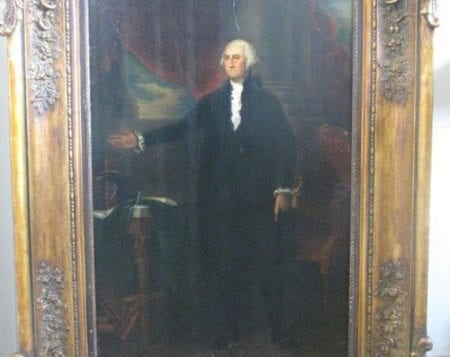

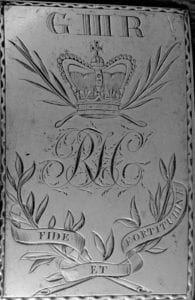
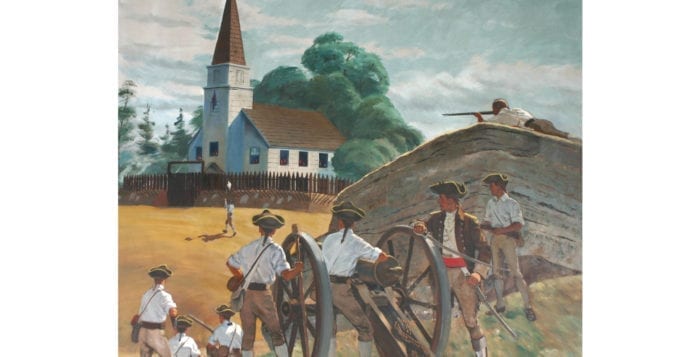
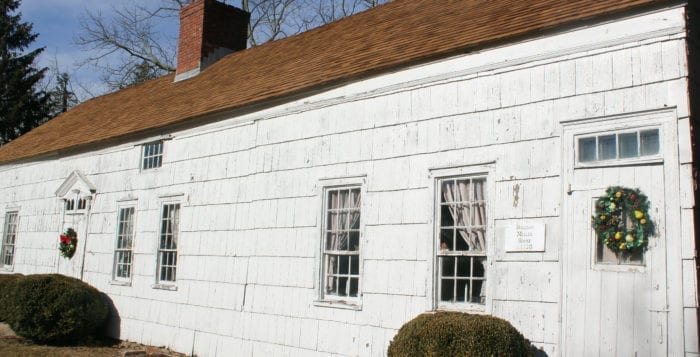
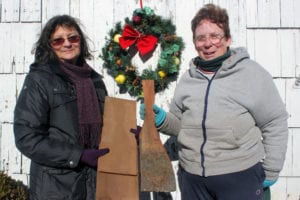
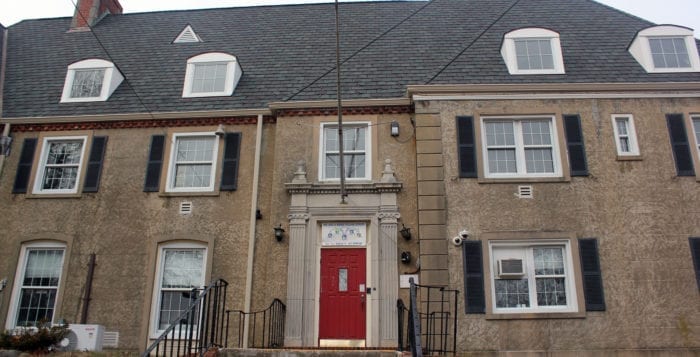
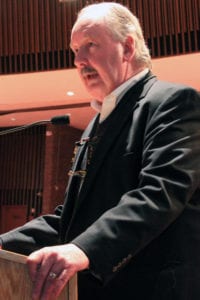
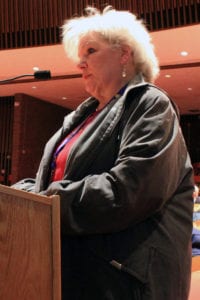
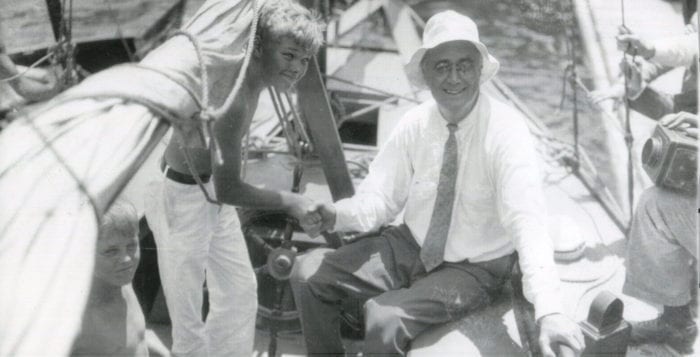
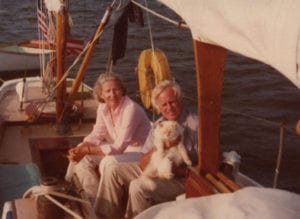
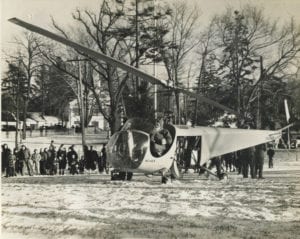
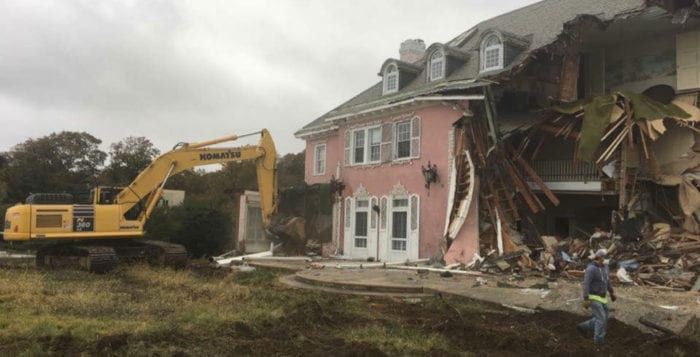
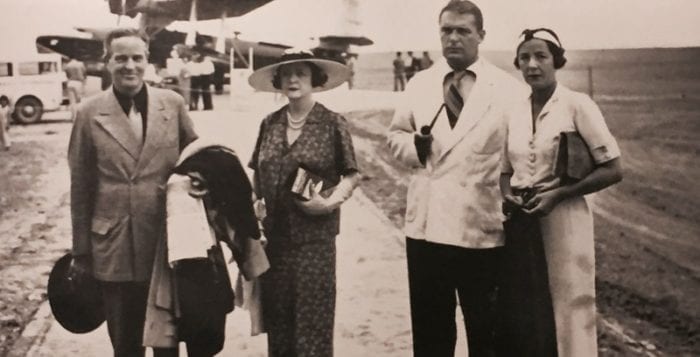


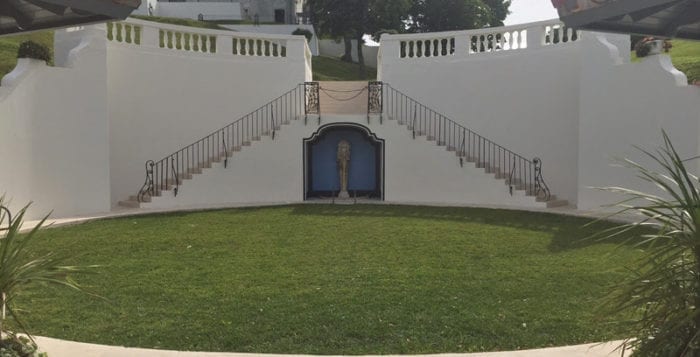
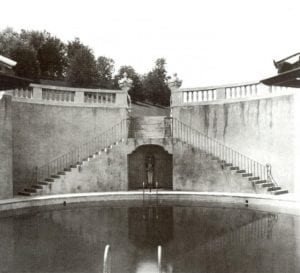 The double stairways, with elegant wrought-iron railings, wind down each side of the wall to the walkway that encircles the pool. On the walkway level, in the center of the wall, is a large niche that showcases a statue rising out of a shallow basin. The statue, which is also a fountain, is a neoclassical bearded man with a cherub standing on each shoulder.
The double stairways, with elegant wrought-iron railings, wind down each side of the wall to the walkway that encircles the pool. On the walkway level, in the center of the wall, is a large niche that showcases a statue rising out of a shallow basin. The statue, which is also a fountain, is a neoclassical bearded man with a cherub standing on each shoulder.



